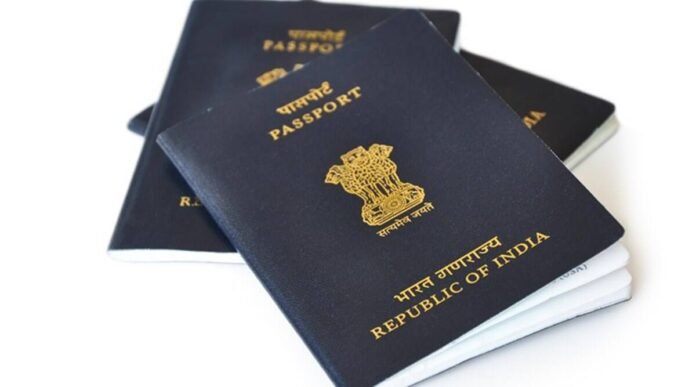Indian emigration has a long history, rooted in ancient times but gaining momentum during the British colonial era. From indentured laborers in the 19th century to political refugees and economic migrants in more recent times, Indians have migrated globally. Today, the Indian diaspora plays a significant role in various countries, with many individuals assuming leadership positions and making notable contributions to their adopted homelands. This article examines the factors driving Indian emigration, the impact of citizenship renunciation, the lure of better opportunities abroad for students, and the motivations of wealthy Indians seeking new horizons.
Indian Emigration: A Growing Diaspora:
According to the United Nations, India has the largest diaspora population in the world, with approximately 18 million Indians living outside their homeland as of 2020. The Indian diaspora includes individuals who have excelled in leadership positions across at least 15 countries. Examples include US Vice President Kamala Harris, UK Prime Minister Rishi Sunak, Guyana President Irfaan Ali, and World Bank President Ajay Banga.
Citizenship Renunciation:
Government data reveals a significant number of Indians renouncing their Indian citizenship, with over 16 lakh individuals doing so since 2011. In 2022 alone, a staggering 225,620 Indians renounced their citizenship, averaging around 618 per day. The absence of dual citizenship provisions in India results in the cancellation of Indian citizenship upon acquiring citizenship of another country. While the Indian government states that individuals renounce citizenship for personal reasons, economic well-being remains a prominent factor.
Push Factors and Economic Aspirations:
Migration is often driven by the desire for economic betterment. Many individuals seek opportunities in other countries that offer improved prospects and a better quality of life. The allure of better jobs, attractive pay scales, and opportunities for career advancement motivate Indian students to settle abroad after completing their higher studies. The Education Ministry reports that over 770,000 Indian students went abroad to study in 2022, marking a six-year high. Additionally, the difficulty of finding suitable employment upon returning to India prompts many students to apply for permanent residency in their host countries.
Wealth Diversification and Quality of Life:
India’s affluent individuals often seek opportunities abroad to diversify their wealth, establish alternative residencies, conduct business, and enjoy a better quality of life. Factors such as safety, lifestyle preferences, financial concerns, healthcare, educational opportunities, and escaping oppressive governments influence their decision to emigrate. Some individuals are attracted by the higher mobility offered by passports of certain countries, which allow visa-free travel to numerous destinations. In contrast, the limited travel privileges associated with an Indian passport prompt some to explore residency options in countries granting easier access to global travel.
Indian emigration reflects a complex interplay of push and pull factors. Economic aspirations, pursuit of better opportunities, concerns about safety and quality of life, and the allure of visa-free travel shape the decisions of Indians seeking new horizons. Whether driven by economic motives, educational pursuits, or the desire for wealth diversification, Indian emigrants contribute significantly to their adopted countries while maintaining ties with their homeland. Understanding the dynamics of Indian emigration provides insights into the evolving global landscape and the motivations behind individual choices.




